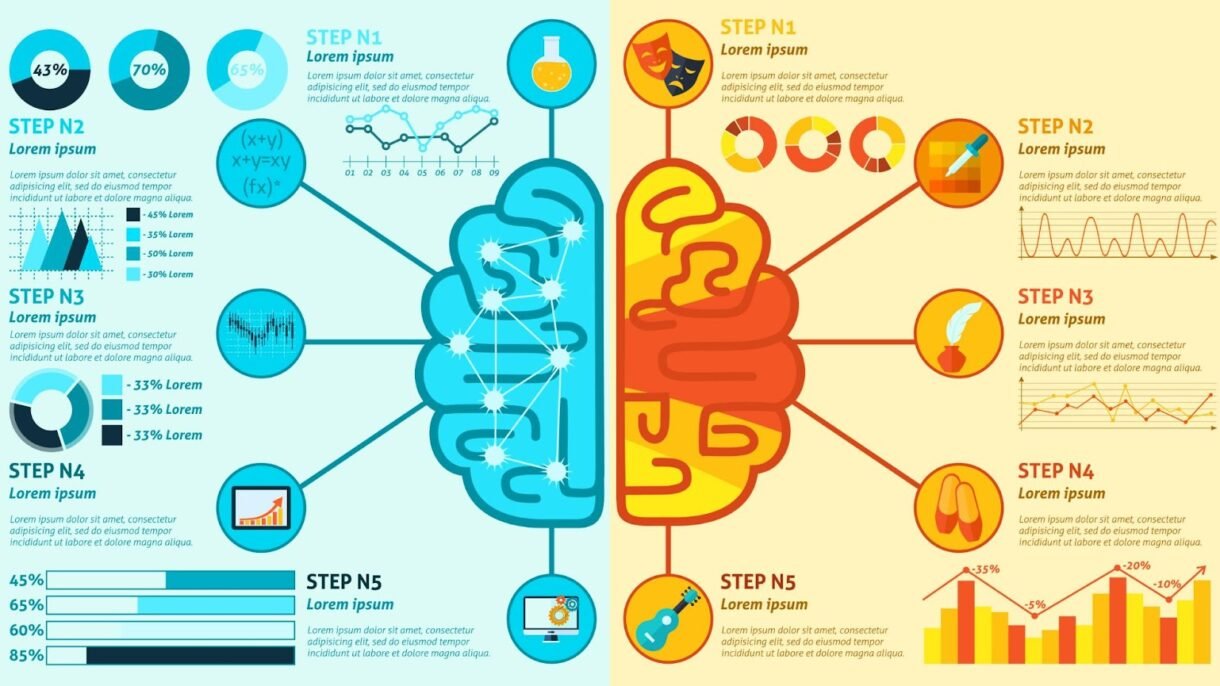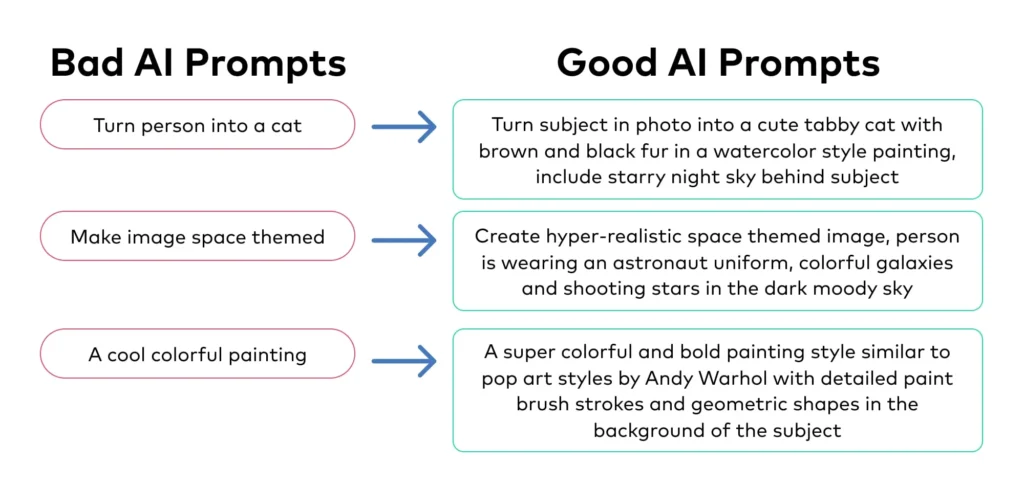
Artificial Intelligence has become a powerful tool for writing, research, marketing, and content creation. But with the rise of AI detectors in schools, workplaces, and publishing platforms, many users are asking:
How can I use AI and not get detected?
1. Use AI as a Writing Assistant, Not a Ghostwriter
What it does:
Don’t copy-paste AI output directly. Instead, treat AI as a brainstorming partner or editor.
How to do it:
- Ask AI for ideas or outlines
- Take inspiration from AI responses
- Write your own version based on those insights
📌 Best for: Students, bloggers, and professionals who want to use AI safely.

2. Rewrite, Paraphrase & Personalize AI Output
What it does:
AI writing often follows predictable patterns that detection tools recognize. You can change that by rewriting.
How to do it:
- Change sentence structure
- Replace phrases with synonyms
- Add personal experiences or opinions
- Rearrange paragraphs to match your unique flow
📝 Tip: The goal is to make it sound like you wrote it , even if AI helped shape the idea.
3. Add Your Voice, Style & Real Examples
What it does:
Detection tools look for generic language, repetition, and lack of depth. Adding your own voice and real-life examples makes content more authentic.
How to do it:
- After getting an AI draft:
- Insert your own stories or case studies
- Ask questions or challenge assumptions
- Include niche-specific details only a person would know
💡 Bonus: This also improves engagement and quality.
4. Use AI to Improve Your Drafts, Not Replace Them
What it does:
Instead of letting AI write your full essay, article, or report, use it to enhance what you’ve already written.
How to do it:
- Ask AI:”Improve the grammar of this paragraph.”
“Make this section more engaging.”
“Suggest better transitions between these points.”
📌 Best for: Writers who want to boost clarity and readability without relying fully on AI.
5. Mix AI with Manual Writing & Research
What it does:
Blending AI content with your own research and writing helps reduce detectability.
How to do it:
- Use AI for outlining or drafting
- Conduct your own research and add facts
- Write key sections manually
- Combine sources, quotes, and personal reflection
📝 Tip: Use AI for efficiency, not replacement.
6. Run Your Work Through an AI Detector Before Submitting
What it does:
Check if your content is flagged as AI-generated before turning it in or publishing it.
How to use it:
- Try tools like:
- Copyleaks AI Content Detector – copyleaks.com
- Originality.ai – Detects both plagiarism and AI usage
- Crossplag – Simple AI detection tool
- Writer.com AI Detector – Free checker for students and creators
📌 Best for: Ensuring your final work reads like it was written by a human.

⚖️ Important Notes About Ethics and Responsible AI Use
While this guide shows how to use AI and not get detected , it’s essential to follow ethical guidelines:
- Always check your school, company, or publication’s policy on AI use
- Never pass off AI work as entirely your own unless allowed
- Use AI to enhance—not replace—your thinking
- Be honest about AI use when appropriate
Using AI responsibly ensures you stay credible, trusted, and compliant.
🔍 Popular AI Detection Tools Used Today
| Tool | Features |
|---|---|
| Turnitin | Used by schools to check similarity and AI writing |
| Grammarly Plagiarism Checker | Identifies unoriginal content |
| Copyleaks | Checks for AI and plagiarism |
| Originality.ai | Great for publishers and SEO writers |
| Quetext | Free and fast AI and plagiarism checker |
📌 Tip: Many institutions now use these tools automatically—always assume your work will be checked.
❓ Frequently Asked Questions (FAQs)
Q1: Can AI-generated content be undetectable?
A: Yes—if rewritten well, personalized, and blended with your own input. Pure AI output tends to have telltale patterns that detection tools catch.
Q2: Should I always disclose my use of AI?
A: It depends on the context. If you’re a student, writer, or employee, always follow your institution or employer’s rules. When in doubt, disclose your use of AI and show how you’ve reviewed and added value.
Q3: Does rewriting AI content help avoid detection?
A: Absolutely! Rewriting changes sentence structures, tone, and word choices—making AI-assisted writing harder to detect and more human-like.
🚀 Final Tips for Using AI Without Getting Detected
- Treat AI as a helper, not a ghostwriter
- Always revise, rephrase, and add your voice
- Mix AI with manual writing and research
- Run your content through an AI detector before submitting
- Follow institutional policies on AI use
Want more tips on using AI ethically and avoiding detection? Subscribe to our newsletter and get weekly updates on new tools, strategies, and AI ethics straight to your inbox!






0 Comments